Passing On The Ring
In science class, a student rushed out of the room with a bloody nose. Sitting in my backyard, I watched as a fly landed on a rock next to me and moved just like the one in the film. Convinced I was doomed, I counted my days without telling anyone I was afraid.
We probably rented it from a Hollywood Video. I’d gone with my friend Robbie to his family’s cabin on a lake in Massachusetts. I’d been here once before, years ago in elementary school. We’d lost touch and then reconnected. Now, in eighth grade, I was back.
With his sister and her friend, we watched from inside a blanket fort. All weekend they’d been talking about watching Law and Order: SVU, yet, the terror of this movie stayed with me. We were watching The Ring.
The story goes like this. There’s this tape, and if you watch it, you immediately get a phone call that says in seven days you will die. After the protagonist Rachel’s niece dies, she watches the tape, and she has seven days to save her son and herself.
My sister had already watched it. I’d overheard her in the kitchen with one of her friends, recalling how she’d watched it and for days was convinced she would die, that the series of images revealed to the protagonist in the week after watching—the bloody nose, the fly on the screen—were coming to foretell death.
We watched. I fell asleep without a problem. The next day, I twisted my ankle in the pond. When I’d last come here, Robbie had warned me about snapping turtles. On this visit, I still waded cautiously, imagining their thorny faces and beaks snapping for a toe. That day, my fear resided in the water. The Ring had scared me the night before, but mainly, I’d forgotten.
But the following week, it resurfaced. In science class, a student rushed out of the room with a bloody nose. Sitting in my backyard, I watched as a fly landed on a rock next to me and moved just like the one in the film. Convinced I was doomed, I counted my days without telling anyone I was afraid.
And again, nothing. Once I passed the seven-day mark, I mostly forgot once more.
There’s something precisely teenaged to the horrors of The Ring.
Scream, Canydman, It Follows begin with the story of someone just beyond your orbit, a neighbor’s cousin’s girlfriend, a babysitter. The Ring opens with two girls, biting their nails and talking about conspiracy theories while finding something to watch. “Do you have any idea how many electrorays are traveling through our head every second?” one asks the other.
And then the pranks, the fake-outs catch up to them.
The movie’s themes feel more evocatively explored in David Robert Mitchell’s It Follows. After having sex with somebody afflicted, Jay, the protagonist, is followed by a slow-moving, shape-shifting creature that wants to kill her. She either has to pass it on or never stop moving.
If, in slasher movies, there are rules to survival, a manual laid out by the Final Girl — that imagine an inescapable chain, there’s instead a race to get something over with, to pass something on, to not be the last one to complete some rite of passage.
I still remember the first time I learned about Bloody Mary in second grade. I still remember watching fake-out videos, slow footage of cars in the countryside punctured by a monster’s face to the camera. I still remember getting text chains in middle school, one about a girl named Carmen who lived in the sewers and would come to get you if you didn’t pass it on. It played to the theme song from Halloween. I didn’t know that at the time, but watching Halloween years later, when I heard the song, I was brought back to that moment of panic when I pressed send.
The Ring is an adaptation of the Japanese film Ringu, directed by Hideo Nakata in 1998. The early aughts brought us American adaptations of Japanese horror; Sarah Michelle Gellar starred in The Grudge, which reimagines Takashi Shimizu’s Ju-On.
After graduating college, I moved to Japan for a year. Nights alone in my small town meant I delved into the offerings of Japanese Netflix, and here I first watched Ringu and Ju-On.
This time, the movie struck me as a family drama. It is in the remake too—the mother goes to great lengths to save her son, losing the boy’s father along the way. Yet, in this viewing, I was more concerned with the question surrounding family and how we fight for each other, less concerned about the simple chain of doom. I didn’t spend the next week worrying. It was the less interesting question that the movie had to offer.
Months before watching Ringu, I went into my first obakeyashiki, or haunted house. During dinner at our prefecture’s orientation in Sapporo—the largest city in Hokkaido, known for its famous snow festival and beer—I went with another English teacher. We were quickly pulled into the close confines of a traditional Japanese home.
My students would sometimes reference Sadako by way of an insult. Now here was an onryo like her. The haunted house had a story, something about family care and illness, revenge. Closet doors flew open and puppets fell from the ceiling. At one point, so startled, I looked up. I found technicians, wearing black, hiding behind the lip of the walls, the ceiling just the mall ceiling overhead.
But we still came out panting, trilling with adrenaline. Because in that moment the chase was real. Because in that moment, I wanted to tell the others to go try it, because I wanted others to feel as I’d felt too.

